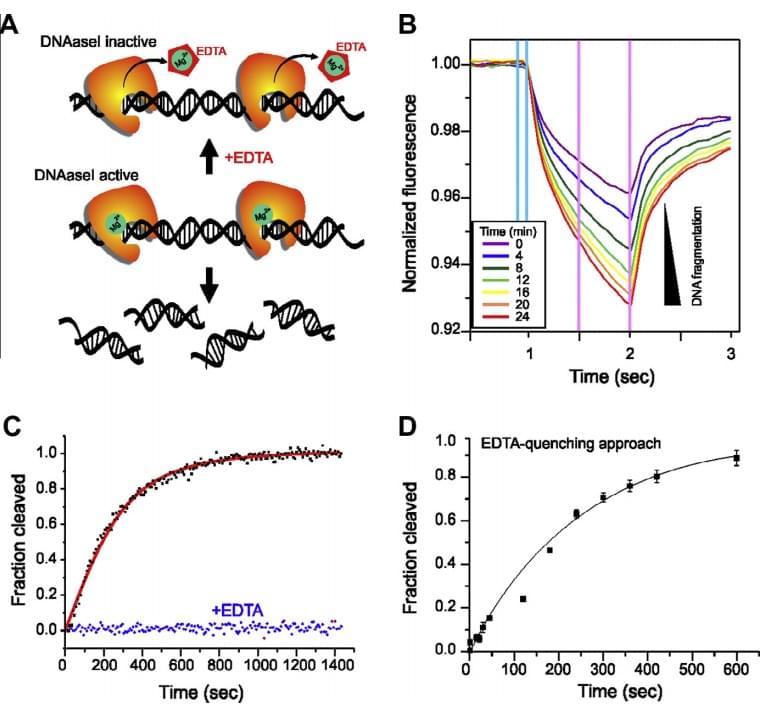Microscale Thermophoresis Enzyme Assays
With the prospective insight of development in the enzyme industry, Creative Enzymes has always been one of the first companies to master the latest technologies. The strong technical presence in enzyme activity testing distinguishes us from other service suppliers. Our team is built around a centralized modern research facility with a scientist team of comprehensive expertise. We have established numerous reliable approaches to meet all your testing demands. microscale thermophoresis (MST) is an emerging developed technique to quantify biomolecular interactions. By using different model systems, applications of MST include the determination of binding stoichiometries and binding modes, analysis of protein unfolding, and thermodynamics. Creative Enzymes mainly exploits the application for enzyme kinetics, and we offer excellent activity measuring services with MST.
The phenomenon of thermophoresis, the molecules directed moving through a temperature gradient, was first described by Carl Ludwig in 1856. Once developed, the microscale thermophoresis (MST) quickly becomes a revolutionary method to monitor protein and small-molecule interactions. It allows the quantification of biomolecule interactions by the thermophoretic detection of even minute changes in conformation, charge, and size of a molecule as they are induced by a binding event. Therefore, MST can detect events such as binding of small molecules to proteins, substrates to enzymes, or ligands to liposomes. Moreover, MST also offers advances over the most common non-fluorescent methods such as isothermal titration calorimetry (ITC) or surface plasmon resonance (SPR), by avoiding surface immobilization and high sample consumption. In addition, MST can be performed in virtually any buffer, even in plasma and cell lysate. Recent technical advances now also allow for harnessing the intrinsic fluorescence of tryptophan-containing proteins to follow their thermophoresis, thereby providing a novel, entirely label-free and immobilization-free approach to study molecular interactions.
In biomedical research, MST has become an important method for the determination of enzyme activity. Besides the high accuracy of MST testing, other features and benefits include:
- Small quantities of samples
Unlike other enzyme testing methods, pM/nM concentrations can be used in MST and only a small volume (<4ul) of reaction solution is needed.
- Time and cost effectiveness
The MST measurement can be accomplished in short time spans. Because the tested enzymes can exist in various solutions, it is unnecessary purifying the target enzymes before testing, and the testing temperature can be artificially settled.
There are already some examples which showed that MST can be used to analyze enzyme kinetics.
 Figure: Kinetics of the enzymatic degradation of DNA by DNase I using different MST-based approaches. (A) Schematic representation of the Mg2+-dependent degradation of DNA by DNase I. (B) Real-time measurement of DNA degradation.
Figure: Kinetics of the enzymatic degradation of DNA by DNase I using different MST-based approaches. (A) Schematic representation of the Mg2+-dependent degradation of DNA by DNase I. (B) Real-time measurement of DNA degradation.
It is clear that the accuracy of MST equipment is the key point in the experiment, whose sensitivity and reproducibility determine the reliability of the results. Creative Enzymes performs enzyme test on the most advanced MST instruments to ensure high accuracy. Combined with the full expertise of MST and the professional operations, the service brings great satisfaction to the customers.
Creative Enzymes is engaged in improving and optimizing enzyme activity quantification using advanced techniques and instruments. We are certainly the first choice of most cost-effective MST assays. We will be pleased to answer any of your questions for this type of test.
Related Services
Enzymology Assays
Enzyme Activity Measurement